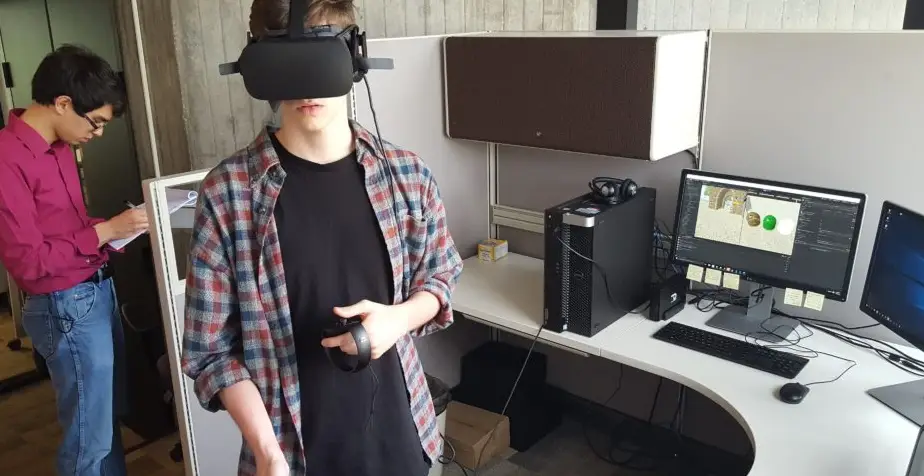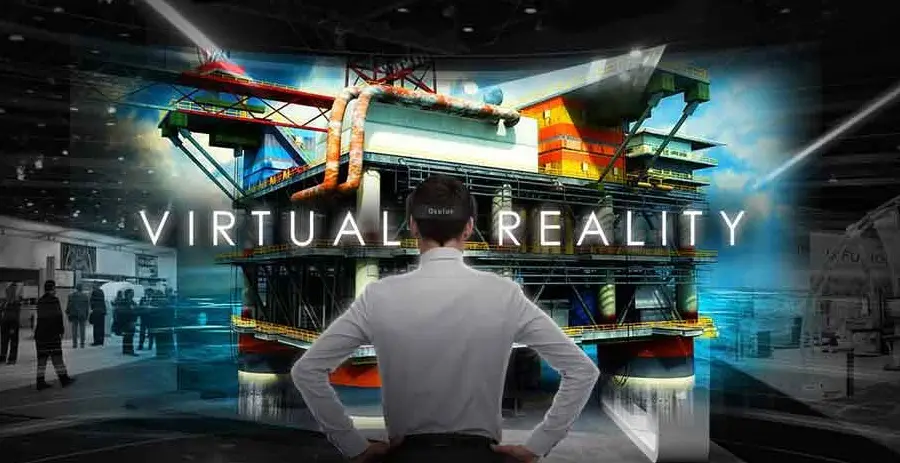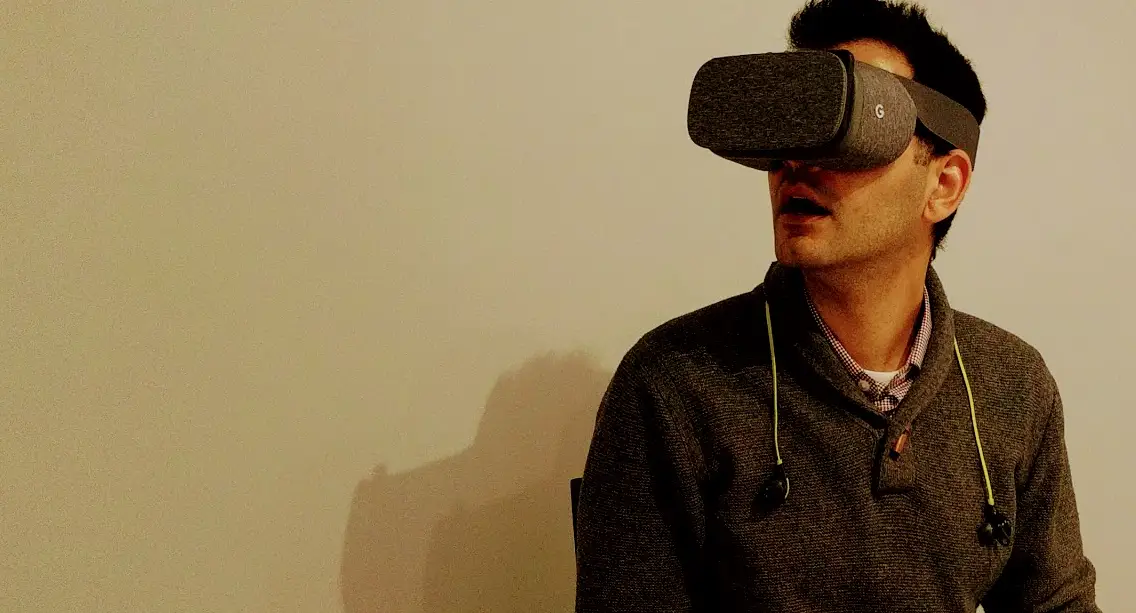The role of a VR Experience Designer offers a thrilling opportunity for digital nomads and remote workers, combining creativity and technology to create immersive virtual worlds. As VR technology continues to grow, designers in this field enjoy the flexibility of working from anywhere, making it an ideal career for those who value autonomy and variety. This role not only provides the chance to work on groundbreaking projects but also to collaborate with diverse teams worldwide.
How Much Can You Earn as a Remote VR Experience Designer?
Embarking on a career as a VR Experience Designer can lead to diverse earning opportunities, particularly in the remote work landscape. Let's explore how earnings vary across different experience levels.
-
🪜 Entry-Level Professionals: Starting out, a remote VR Experience Designer can expect to earn around $50,000 to $60,000 annually. Those in tech hubs like San Francisco might see higher starting salaries due to demand and cost of living. In contrast, professionals in regions with a lower cost of living might start closer to $45,000.
-
📊 Mid-Level Earnings: With a few years under their belt, remote designers typically earn between $70,000 and $90,000. Specializing in sectors like gaming or healthcare VR can push earnings towards the higher end. Location still plays a role, with places like Austin, Texas offering competitive mid-level salaries due to a thriving tech scene.
-
💎 Senior Professionals and Freelancers: For seasoned VR Experience Designers and freelancers, the potential to earn upwards of $100,000 is strong. Expertise in high-demand areas like augmented reality or AI integration can see freelancers charging $100 per hour or more. Those who carve a niche in high-demand industries, such as entertainment or real estate, often command premium rates.
Earning More as a Remote VR Experience Designer
Increasing your income as a remote VR Experience Designer involves strategic skill development and innovative approaches to your work. Here are some ways to achieve this.
-
🧩 Specialize in High-Demand Niches: By focusing on niche areas like VR for medical training or virtual tourism, designers can set themselves apart and charge higher rates. These specialized skills are sought after and often come with less competition, allowing for premium pricing.
-
🎨 Monetize Digital Products: Creating and selling digital assets like VR templates or tutorial courses can diversify income streams. This approach not only provides passive income but also builds your brand within the VR community.
-
🤝 Upsell Premium Services: Offering additional services such as ongoing support or personalized VR consultations can enhance project value. These add-ons not only increase revenue per client but also foster long-term relationships, leading to repeat business.
Industries That Hire Remote VR Experience Designers
The demand for VR Experience Designers spans multiple industries, each offering unique opportunities for remote professionals.
-
🖥️ Tech and SaaS: Technology companies and SaaS providers frequently seek VR designers to create innovative products. These firms value remote talent for their flexibility and diverse perspectives, which are critical in developing cutting-edge VR solutions.
-
📣 Creative Marketing: Marketing agencies utilize VR for immersive brand experiences, requiring designers to produce engaging content. This industry values creativity and the ability to connect with audiences through virtual storytelling.
-
🌵 Emerging Niches: New sectors like virtual real estate and online education are rapidly adopting VR technology. Professionals in these areas can find exciting opportunities to shape the future of how people interact with digital environments.
Future Trends Shaping VR Experience Designer Roles
As technology evolves, so do the roles and responsibilities of VR Experience Designers. Here are some trends shaping the future of this profession.
-
⚙️ Emerging Tools and Systems: New development platforms and tools are streamlining VR design processes. Staying updated on these advancements can open new opportunities and enhance efficiency.
-
📈 High-Growth Career Niches: Fields like virtual reality therapy and VR-based retail experiences are expanding. Designers who specialize in these areas may find lucrative career paths and the chance to pioneer new applications.
-
🚀 Adapting to Change: The ability to learn and adopt new skills remains crucial. As industries integrate AI and machine learning, designers who adapt by enhancing their technological acumen will stay competitive.
What Does a Remote VR Experience Designer Do?
The daily tasks of a VR Experience Designer revolve around creativity and technical proficiency. Here's a closer look at their responsibilities.
-
🔧 Core Daily Tasks: Designers typically spend their days creating and refining virtual environments, coding interactive elements, and collaborating with other team members. They must meet deadlines and ensure their designs align with client expectations.
-
📂 Project-Based Responsibilities: Depending on the project, designers might be tasked with long-term goals such as developing a complete VR game or a virtual tour experience. Deliverables can vary greatly in scope and require adaptive skills.
-
🎯 Success Metrics: Success in this role is often measured by client satisfaction, project engagement levels, and the seamless functionality of the VR experience. Delivering innovative and user-friendly solutions is key.
Career Paths for Remote VR Experience Designers
As VR technology continues to evolve, so do the career opportunities for designers in this field.
-
🌟 Entry-Level Opportunities: Newcomers can start with internships or freelance projects, gaining valuable experience and building a portfolio. Entry-level roles in gaming or media companies are common starting points.
-
🔺 Scaling Your Career: Professionals can advance by mastering complex design tools or moving into specialized areas like VR content creation for specific industries. Continuous learning is essential for growth.
-
⭐ Long-Term Roles: Experienced designers may transition into leadership roles, such as becoming a senior consultant or a mentor. They can also specialize further, becoming experts in niche VR applications.
Is My Job Really Safe as a VR Experience Designer?
Job security is a growing concern in the ever-evolving world of remote work. Here's how VR Experience Designers can navigate this landscape.
-
🤖 AI and Automation Risks: While AI can automate certain design tasks, human creativity and strategic thinking remain irreplaceable. Tasks like conceptual development and user experience design still require a human touch.
-
📊 Industry Stability and AI Adoption: Industries employing VR designers are generally stable and embracing AI to augment rather than replace roles. Fields like education and healthcare continue to seek out VR expertise.
-
💡 Upskilling to Stay Relevant: Designers should focus on acquiring skills that complement AI, such as learning AI-driven design tools or enhancing their problem-solving capabilities. Staying adaptable is crucial to maintaining relevance.
Careers That You Can Shift To as a VR Experience Designer
The skills of a VR Experience Designer are transferable, opening doors to several related career paths.
-
🔄 Closely Related Roles: VR designers can transition to roles like AR Developer or 3D Animator, leveraging their design skills and technical know-how. These roles allow for continued growth within the immersive technology space.
-
🔍 Specialized Roles: Professionals can delve further into specializations, such as VR Art Director or User Experience Researcher, focusing on specific aspects of virtual design.
-
🌈 New Career Pathways: Opportunities exist in fields like digital marketing, where the creative and technical skills of a VR Designer can be applied to innovative advertising strategies or immersive content creation.
Expert Review on Becoming a Remote VR Experience Designer
Being a VR Experience Designer offers numerous perks for those seeking a remote career, particularly digital nomads.
-
✅ Perks: This role boasts high earning potential, thanks to the ever-increasing demand for VR technology. The ability to work from anywhere in the world while collaborating with international teams adds to its attractiveness.
-
❗ Challenges: Professionals might face challenges like managing inconsistent workloads or adjusting to time zone differences. Building strong client relationships remotely also requires effective communication and adaptability.




